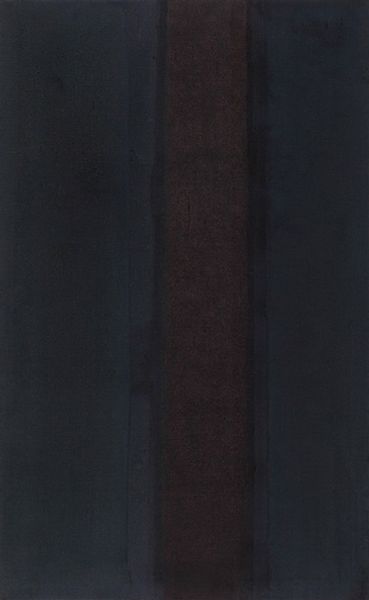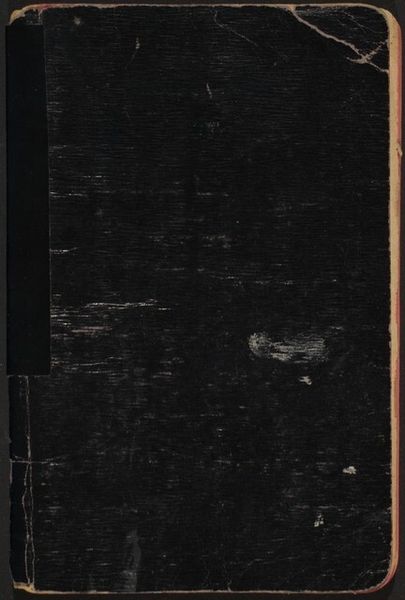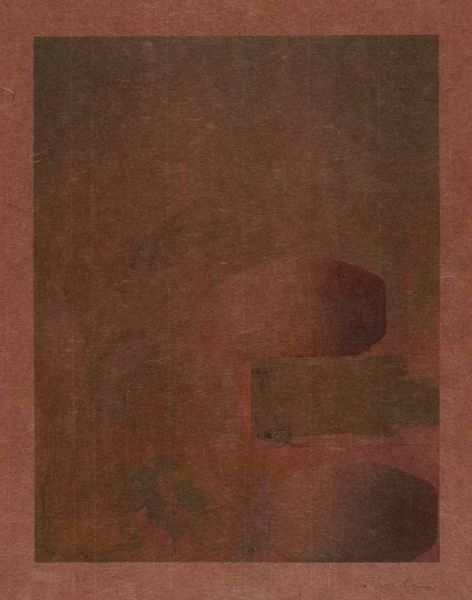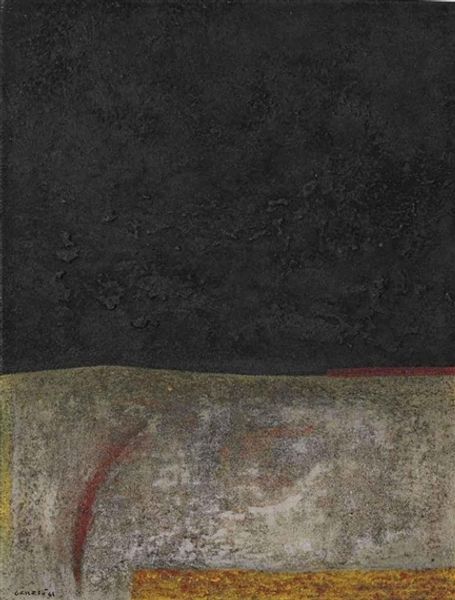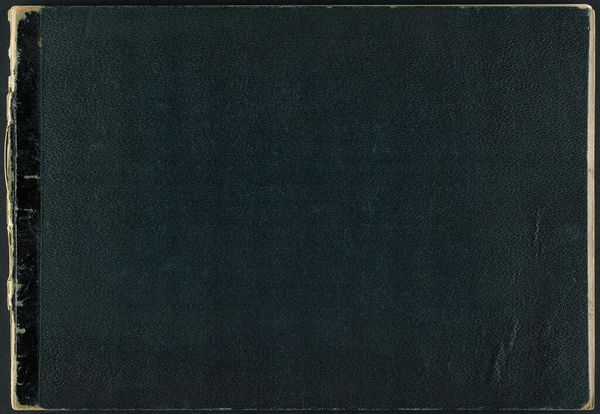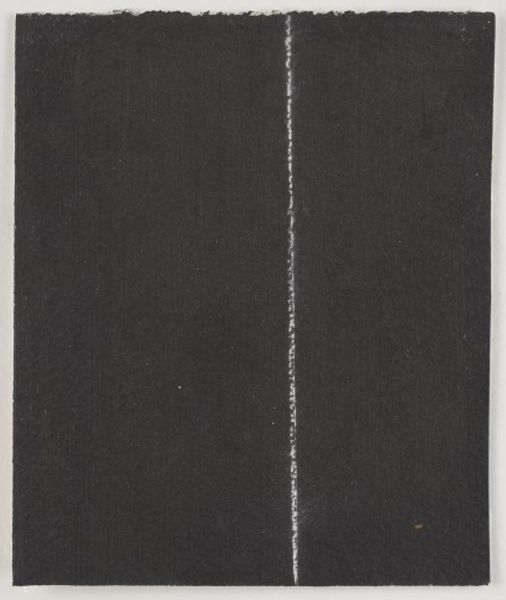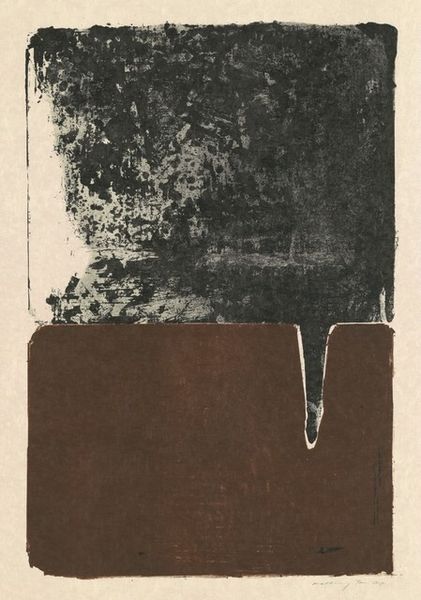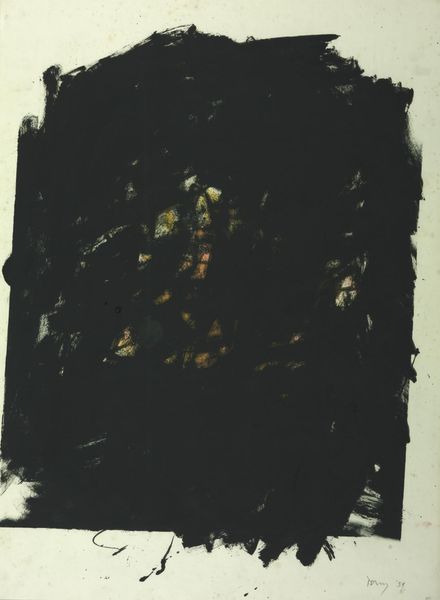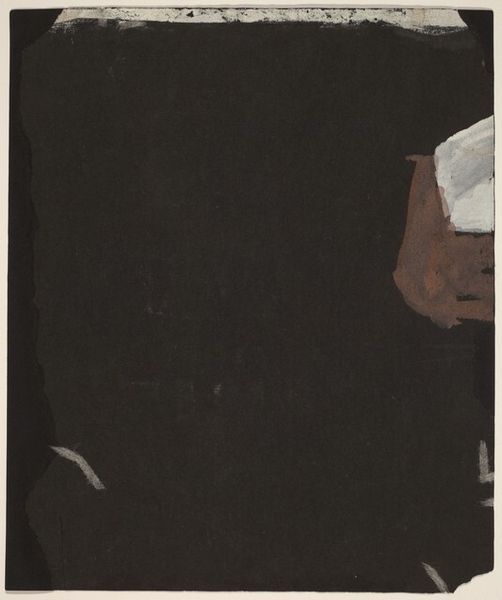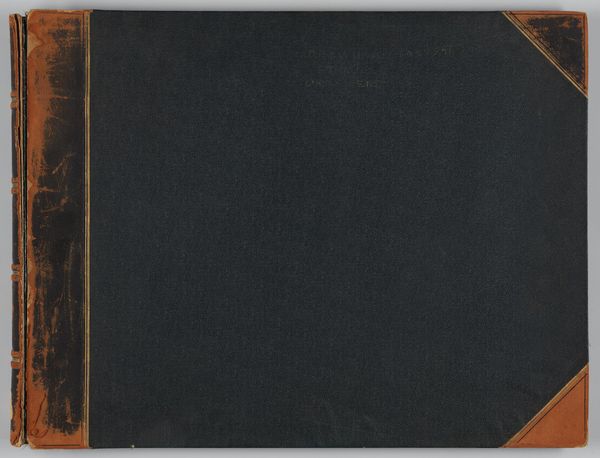
painting, oil-paint
#
portrait
#
self-portrait
#
painting
#
oil-paint
#
oil painting
#
neo expressionist
#
expressionism
#
portrait art
Dimensions: 71.5 x 27.5 cm
Copyright: Public domain
Curator: Standing before us is Egon Schiele's striking "Self Portrait with Spread Fingers," crafted in 1909. An early oil painting, it presents a compelling view into the artist’s evolving self-image. Editor: The first thing I see? Uncertainty, maybe a flicker of fear. Those wide-spread fingers seem to reach out into the dark void. What’s he grasping at? Curator: Schiele was deeply influenced by the Viennese Secession and artists like Gustav Klimt, but quickly forged his own, more anguished style. This work predates his most famous portraits, offering a raw, nascent expressionism. The way he's framed himself is so stark... Editor: It's a long canvas! The black backdrop makes the face hover. Are the blocks of yellow and green meant to be decorative, like a Klimt flourish, or do they box him in? The gaze is direct, unsettlingly so. You feel observed. Curator: Given Schiele’s biography, his challenging family life and struggles to find recognition, it is easy to see those "boxes" in symbolic terms, suggesting entrapment, which I see in how little space is dedicated to the depiction of a full body. We're mostly limited to an almost voyeuristic glimpse of the head and two hands, which appear as if he were peaking above the surface or perhaps sinking into an abyss. Editor: He wasn’t afraid to paint himself, flaws and all. It’s that raw honesty that grabs me. No posturing. It's Schiele saying, "Here I am. Imperfect, anxious, but here." It seems he often painted his own flesh more pale than pink. A morbid reflection, almost... Curator: His work challenged bourgeois Viennese society. Schiele dared to expose the psychological complexities of human existence, often delving into themes of sexuality and mortality. Editor: The boldness of this stark imagery for the period shouldn't be overlooked. It almost prefigures the rawness we see later with Bacon or Basquiat. Makes you think about self-perception, the stories we tell ourselves about who we are... or who we want to be. Curator: Yes, exactly. By stripping away layers of artifice, Schiele invites us to confront the uncomfortable truths within ourselves. That capacity alone explains why, over a century later, his art continues to startle and challenge. Editor: You leave the portrait questioning what you yourself are holding onto. What's keeping *you* from slipping away into the darkness?
Comments
No comments
Be the first to comment and join the conversation on the ultimate creative platform.
